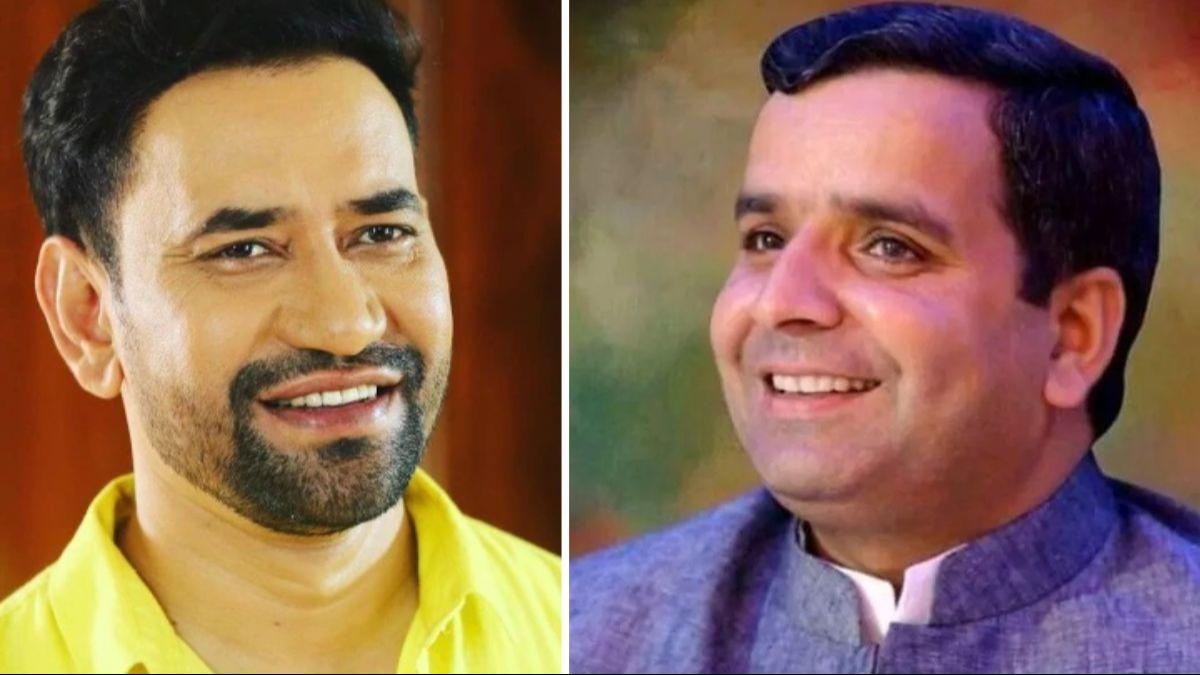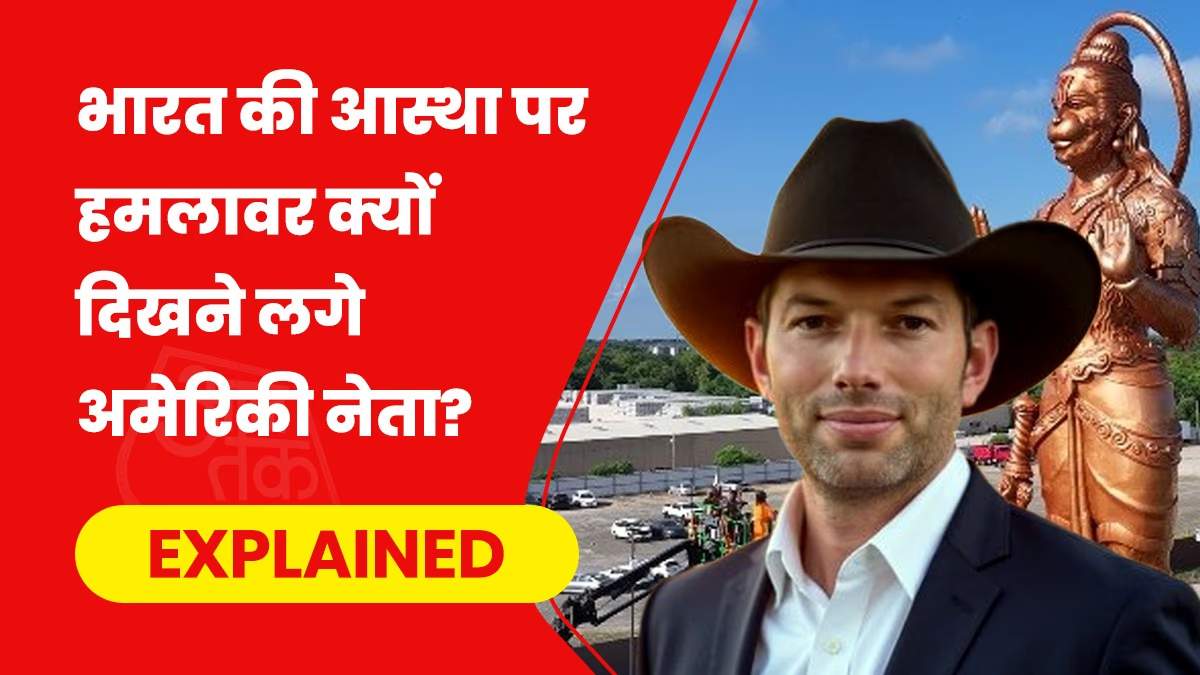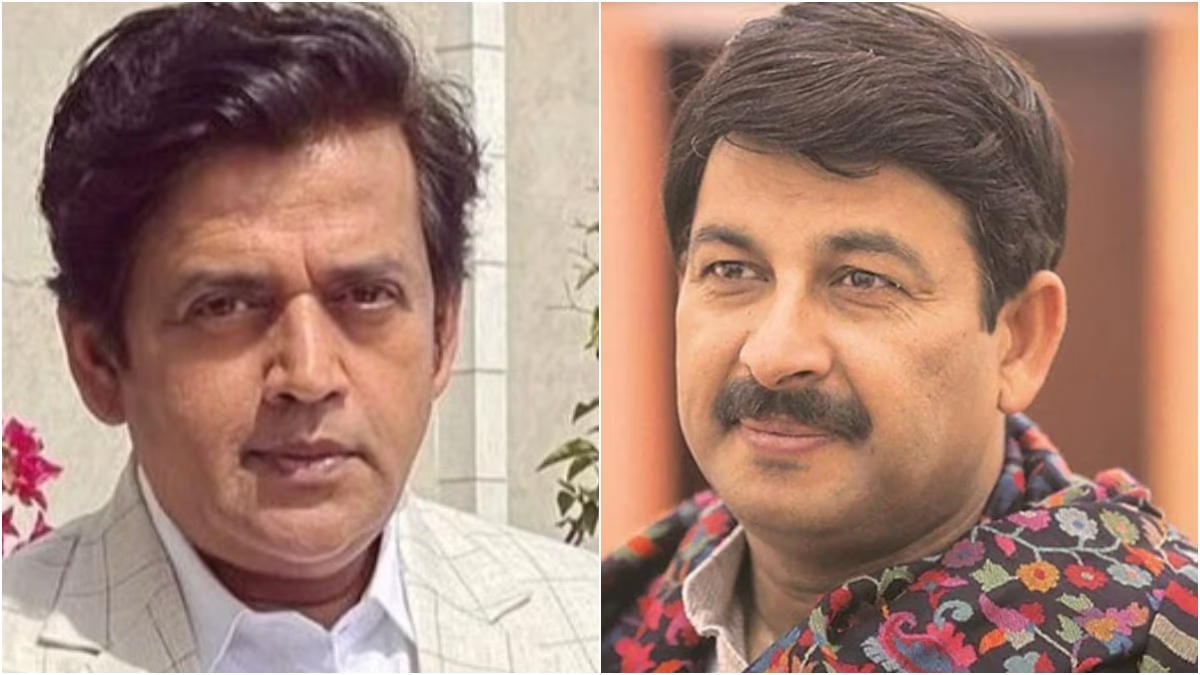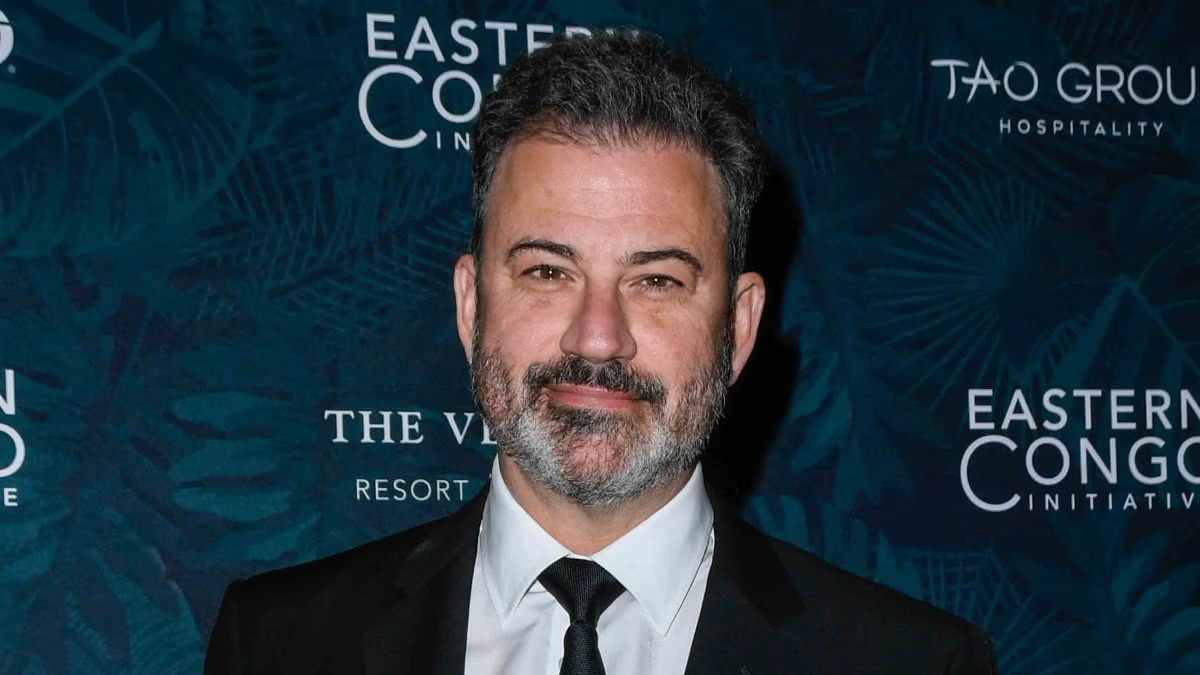In India's current political landscape, there are only a few constituencies where the electoral fight is shaping up to be truly intriguing. Often, where a major name is contesting, their opponent is lesser-known, reducing the number of competitive races. Akhilesh Yadav, the leader of the Samajwadi Party and former Chief Minister, has stirred up the competition in Azamgarh by nominating a family member, Dharmendra Yadav, which has now turned Azamgarh into one of the nation’s most fiercely contested seats.
On one side of Azamgarh is Bhojpuri cinema's superstar, Nirahua Yadav, the current MP. The BJP has decided to field him again for the Lok Sabha elections. On the other side, the Samajwadi Party is counting on its veteran candidate Dharmendra Yadav, who narrowly lost to Nirahua in the past. However, that margin was so slim that this year's electoral math seems to tilt in his favor. Yet, in politics, a game of endless possibilities, nothing is certain until the election results are declared. Insights from conversations with the people of Azamgarh and several political analysts indicate that the following six factors could significantly sway the outcome.
1-Nirahua won the 2019 by-election despite fewer votes
Although Bhojpuri superstar Nirahua Yadav is not originally from Azamgarh, since 2019 he has made it his home. In that year's general election, he lost to Akhilesh Yadav by approximately 260,000 votes. Nevertheless, Nirahua maintained his connection with the region's soil and stayed amidst the people. With Akhilesh Yadav winning the state assembly election and becoming active in state politics, he vacated the Azamgarh parliamentary seat. Subsequent by-elections saw Dharmendra Yadav as the Samajwadi Party's candidate, but he was defeated by BJP's Nirahua Yadav. Even though Nirahua received fewer votes in the by-elections, around 312,000 compared to 361,704 in the general elections, he still managed to defeat Dharmendra Yadav by close to 8,000 votes. Following his victory, Nirahua Yadav has focused his efforts on serving Azamgarh. His continuous presence in the region has bolstered his image compared to other politicians, promising a closely fought battle dependent on the current circumstances.
2-Did Guddu Jamal receive only BSP's votes?
In the 2019 elections, the Samajwadi Party won by over 300,000 votes, but a mere few months later, during the by-elections, they lost by nearly 8,000 votes. The BSP fielded a Muslim candidate, Guddu Jamal, who managed to secure about 250,000 votes—a clear factor in the Samajwadi Party's defeat. Nirahua Yadav from the BJP triumphed over Dharmendra Yadav by a margin of 8,000 votes. However, the game has now changed. Guddu Jamal has joined the Samajwadi Party and has been made a member of the Legislative Council. It appears that Guddu's votes will go to the Samajwadi party. But if we analyze the votes received in the 2019 elections and the by-election votes for Guddu, it seems that Guddu did not receive votes from his community but only those of the BSP. This region has approximately 300,000 Dalit votes. In 2019, Akhilesh Yadav received about 621,000 votes. During the by-elections, Dharmendra Yadav received 304,000 votes, and Guddu Jamal received roughly 260,000 votes, while Nirahua won with approximately 312,000 votes—meaning Nirahua received around 50,000 fewer votes compared to 2019. Since the BSP was also with the Samajwadi Party in 2019, it's evident that Dalit votes had gone with the SP, which weren't there in the by-elections. Similarly, it is less likely that SP will receive the Dalit votes this time.




